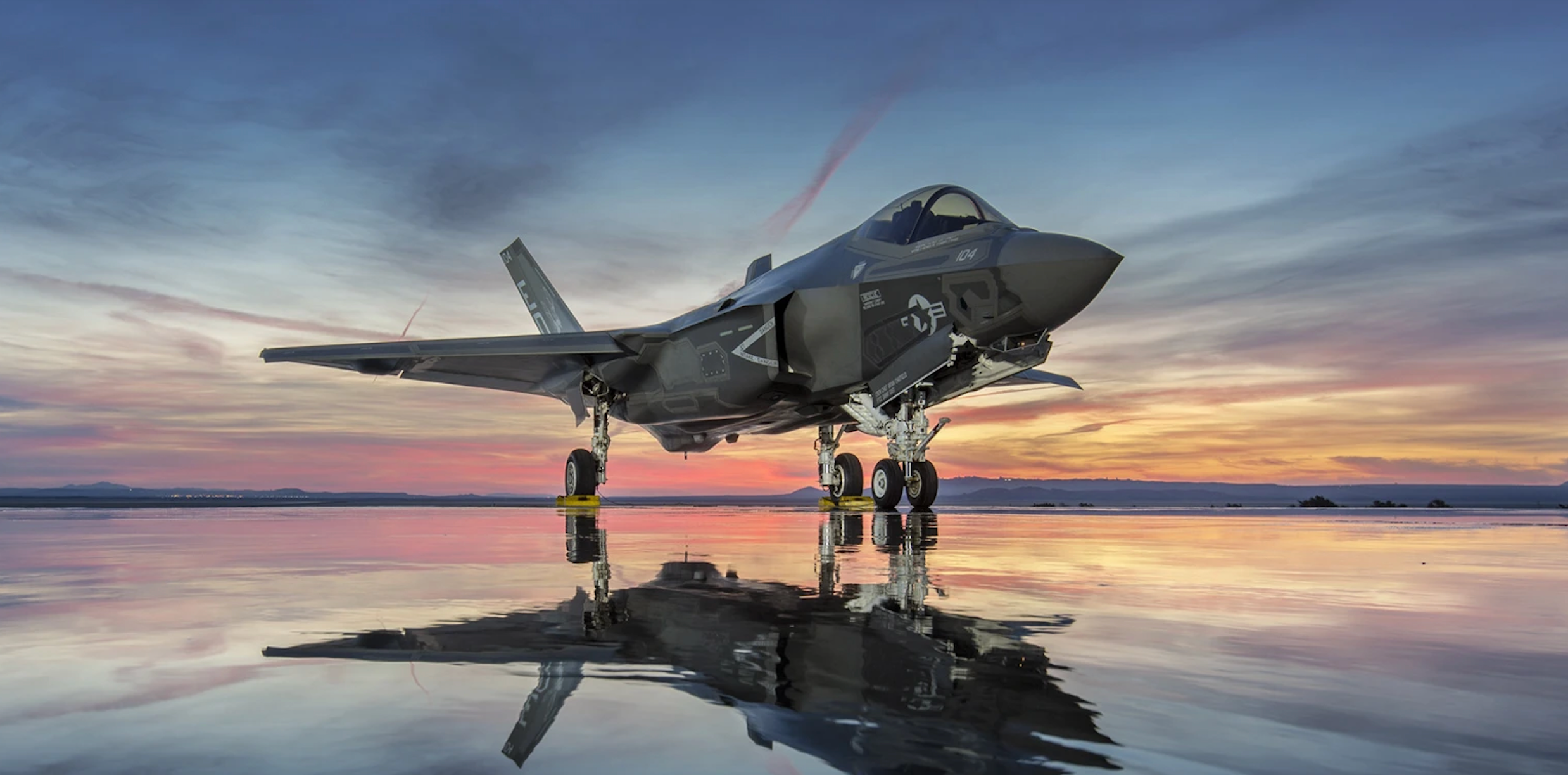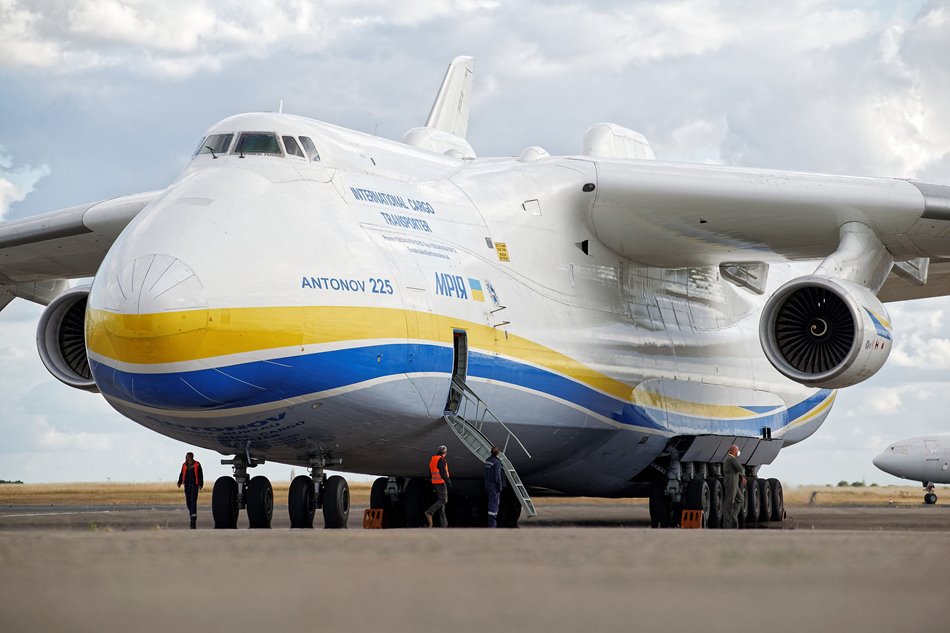Fighter jets have come a long way, evolving dramatically over the decades. What started as rudimentary flying machines has grown into some of the most sophisticated, fearsome aircraft known to humanity. Each new generation of fighter jets has introduced cutting-edge technology, pushing the limits of speed, maneuverability, stealth, and firepower. This evolution has not only shaped modern aerial warfare but has also instilled a deep sense of fear and respect among adversaries. In this guide, we’ll explore how fighter jets have evolved, highlighting some of the most feared aircraft from each generation and the reasons behind their terrifying reputations.
First Generation (1940s – 1950s): The Birth of Jet Power
The end of World War II marked the beginning of the jet age. This was a pivotal moment in aviation history, where propeller-driven planes started to be replaced by jets. The first generation of fighter jets may seem basic by today’s standards, but at the time, they were revolutionary. These aircraft were typically subsonic (flying slower than the speed of sound) but introduced an entirely new dimension to aerial warfare.
Most Feared: Gloster Meteor
The Gloster Meteor was the first operational jet fighter used by the Allies during the late stages of World War II. It was fast, agile, and could easily outmaneuver the propeller-driven planes of its era, making it a nightmare for enemy pilots. While it didn’t dominate combat during the war, the Meteor laid the foundation for future jets, showcasing the potential of jet engines to revolutionize air combat. For bombers and older fighters, encountering the Meteor meant almost certain defeat.
Second Generation (1950s – 1960s): The Supersonic Era
The second generation of jets brought supersonic speeds, meaning they could break the sound barrier. This shift allowed for much faster and more versatile aircraft. These jets also started using advanced technologies like afterburners and swept wings, which significantly boosted their performance. The leap from subsonic to supersonic flight was a monumental advancement that drastically changed aerial combat.
Most Feared: McDonnell Douglas F-4 Phantom II
The F-4 Phantom II was a true game-changer. This twin-engine jet was fast, versatile, and heavily armed. Whether it was dogfighting in the skies or attacking ground targets, the Phantom could do it all. What made it especially feared was its advanced avionics, long-range capabilities, and devastating firepower. It served in multiple roles for over three decades, from Vietnam to the Gulf War, earning a fearsome reputation. Adversaries knew that facing the F-4 Phantom meant encountering one of the most advanced and lethal planes of the time.
Third Generation (1960s – 1970s): Advanced Avionics and Precision Weaponry
As jets progressed into the third generation, they began incorporating more advanced electronics and weapons systems. These advancements gave pilots greater control, accuracy, and situational awareness. Aircraft in this era were fitted with sophisticated radar systems, fire control systems, and early versions of guided missiles, allowing for more precise targeting.
Most Feared: General Dynamics F-16 Fighting Falcon
The F-16 was a single-engine fighter known for its incredible agility and advanced avionics. Its “fly-by-wire” system, which used electronic controls rather than mechanical linkages, gave pilots unmatched maneuverability, making the F-16 a formidable adversary in air-to-air combat. This jet was not only fast and agile but also packed a punch with its advanced weapons systems. For many opposing forces, the F-16 represented the pinnacle of air combat technology during its prime, instilling fear in pilots who had to go up against its combination of speed, agility, and firepower.
Fourth Generation (1970s – Present): Multirole Capabilities
The fourth generation of fighter jets expanded their roles on the battlefield. These jets weren’t just limited to dogfighting or bombing missions—they could do it all. “Multirole” became the buzzword, as jets could now engage in air-to-air combat, ground strikes, and reconnaissance, all while relying on increasingly advanced avionics and weaponry. Key technologies in this era included fly-by-wire controls, improved radar systems, and integrated electronic warfare suites.
Most Feared: Lockheed F-22 Raptor
Although often considered a fifth-generation fighter, the F-22 Raptor set the standard for modern multirole fighters. This jet combined stealth technology with supersonic cruise capability and cutting-edge sensor systems, giving it a significant edge over any other aircraft in the sky. It could evade radar detection, engage enemies at extreme ranges, and deliver devastating attacks before the opposition even knew it was there. The Raptor’s sheer dominance in the air made it a terrifying presence on the battlefield, a symbol of U.S. air superiority.
Fifth Generation (Present – Future): Stealth and Supercruise
Today’s fifth-generation fighters are all about stealth, speed, and data fusion. These aircraft can fly at supersonic speeds without using afterburners—a capability known as supercruise. They also incorporate stealth technology to avoid detection by radar and feature advanced sensors that provide unparalleled situational awareness. The fifth generation is designed not just to dominate the skies but also to control the information battlefield, sharing data seamlessly between other aircraft and ground forces.
Most Feared: Lockheed F-35 Lightning II
The F-35 is the ultimate multirole fighter of our time. Combining stealth, speed, advanced avionics, and the ability to perform a wide variety of missions, the F-35 is feared across the globe. Its ability to operate undetected in hostile environments, gather critical data, and strike with precision has made it a cornerstone of modern air forces. With variants tailored for different branches of the military, including the U.S. Air Force, Navy, and Marine Corps, the F-35 is a true force multiplier. Its global deployment has extended its reach, and its presence on the battlefield represents an insurmountable challenge for many adversaries.
Conclusion
The evolution of fighter jets reflects not just technological innovation but a continuous race for superiority in the skies. Each generation has pushed the boundaries of what is possible, from the early days of subsonic jets to today’s fifth-generation stealth fighters. These aircraft have instilled fear, not just because of their speed or firepower, but due to the advanced technologies that make them nearly unstoppable in combat. As we look to the future, it’s clear that the next generation of fighter jets will continue to redefine aerial warfare, further intensifying the fears of those who dare to face them.

